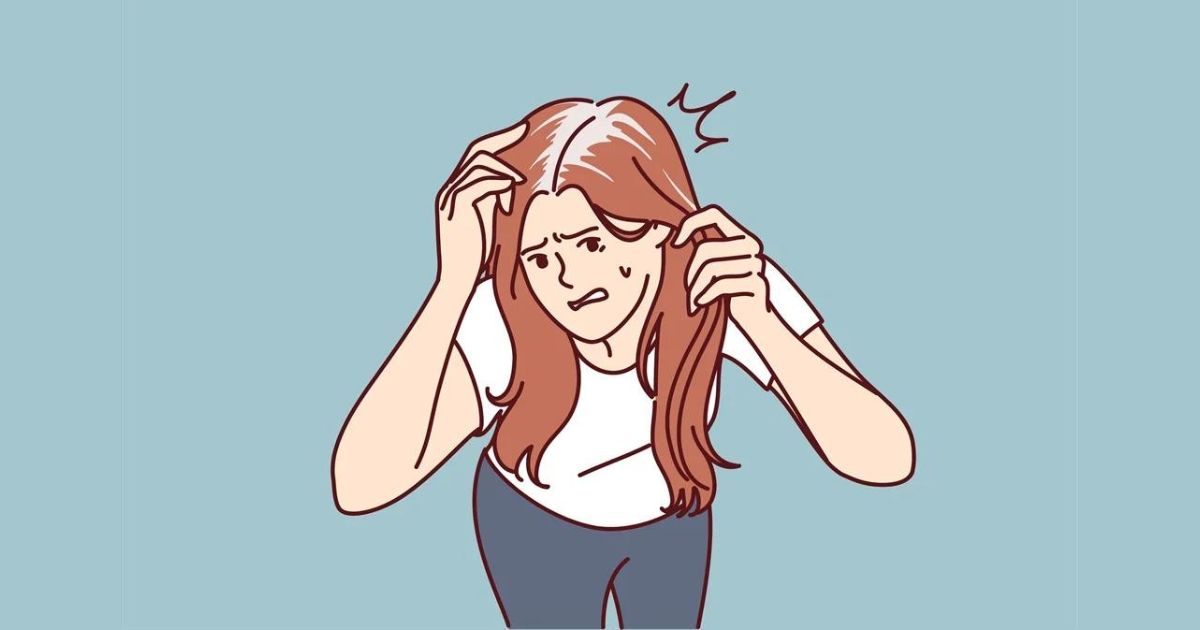In the quest for understanding the intricate relationship between stress and the graying of hair, researchers have delved into the scientific nuances to unravel the truth behind this age-old belief. The question lingers: Can stress truly turn your hair grey, or is it merely a myth passed down through generations?
The Myth and Its Roots
The idea that stress can cause hair to turn grey has been a long-standing belief, often perpetuated by anecdotal evidence and folklore. While tales of leaders and individuals experiencing rapid greying during times of intense stress abound, the scientific community has sought empirical evidence to support or debunk this age-old myth.
The Biological Basis
To comprehend the connection between stress and grey hair, one must delve into the biology of hair pigmentation. Hair color is primarily determined by the presence of melanin, a pigment produced by melanocytes present in hair follicles. There are two types of melanin: eumelanin, responsible for black or brown color, and pheomelanin, contributing to red and yellow hues.
As individuals age, the melanocytes gradually decline in activity, leading to a reduction in melanin production. This natural aging process results in the gradual graying of hair. However, the intrigue lies in whether stress can expedite this biological phenomenon.
The Research Findings About Grey Hair
Recent scientific studies have ventured into unraveling the intricate link between stress and premature graying. A notable study published in the journal Nature in 2021 explored the impact of stress on the depletion of melanocyte stem cells, which play a pivotal role in maintaining hair color.
The study, conducted on mice, subjected the rodents to stress-inducing conditions, and the researchers observed a notable acceleration in the depletion of melanocyte stem cells. This accelerated depletion led to a more rapid graying of the mice’s fur. While the study provides compelling evidence in the context of rodents, extrapolating these findings to human hair greying requires cautious interpretation.
The Human Perspective
Human studies investigating the stress-hair greying connection have presented mixed results. The complexity of human experiences and the multitude of factors influencing hair color make it challenging to isolate stress as the sole contributor to premature graying.
A study published in the Journal of Investigative Dermatology in 2020 explored the genetic aspects of hair greying and found that while stress did not directly cause graying, it could exacerbate the process in individuals already predisposed to premature greying due to genetic factors.
The Role of Oxidative Stress
Oxidative stress, a condition where there is an imbalance between free radicals and antioxidants in the body, has also been implicated in the graying process. Stress, whether emotional or environmental, can contribute to oxidative stress, potentially impacting the health of hair follicles and the production of melanin.
In the intricate dance between stress and hair color, science suggests a nuanced relationship rather than a direct cause-and-effect scenario. While stress may not be the solitary catalyst for premature graying, it appears to be a contributing factor, particularly in individuals with a genetic predisposition to early hair aging.
As researchers continue to unlock the mysteries of human biology, the connection between stress and hair graying remains an area of active exploration. Until then, the age-old belief that stress can turn your hair grey finds itself nestled in the realm of intriguing possibilities, awaiting further scientific revelations.
In the tapestry of human experiences, the color-changing strands on our heads may hold more secrets than we can currently fathom. The next time stress knocks at your door, you might ponder whether it’s merely causing a few strands to lose their pigment or if, perhaps, it’s weaving a more complex narrative within your biological tapestry.








Leave a Reply
You must be logged in to post a comment.